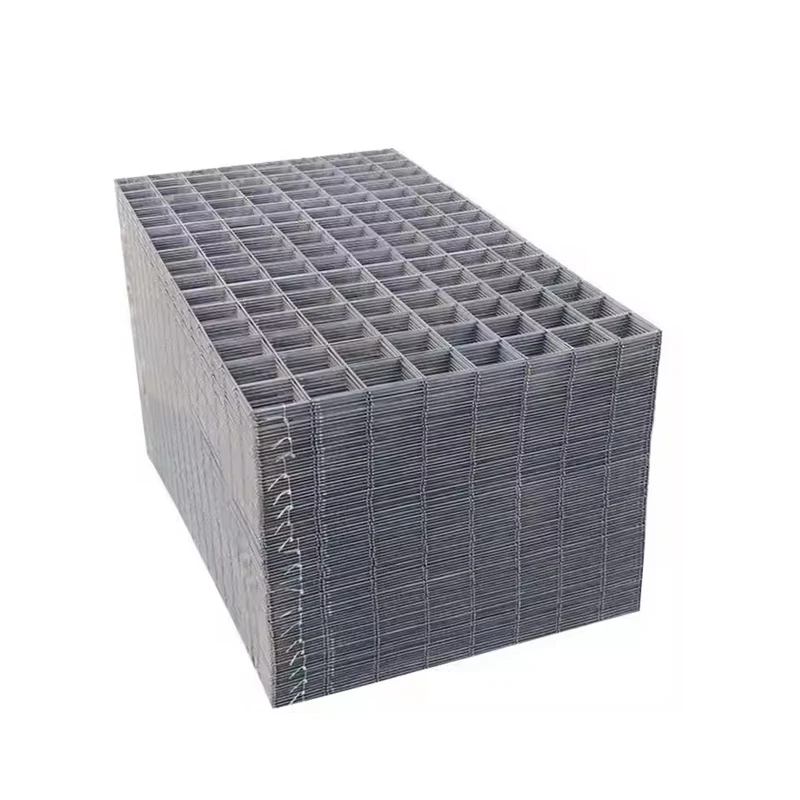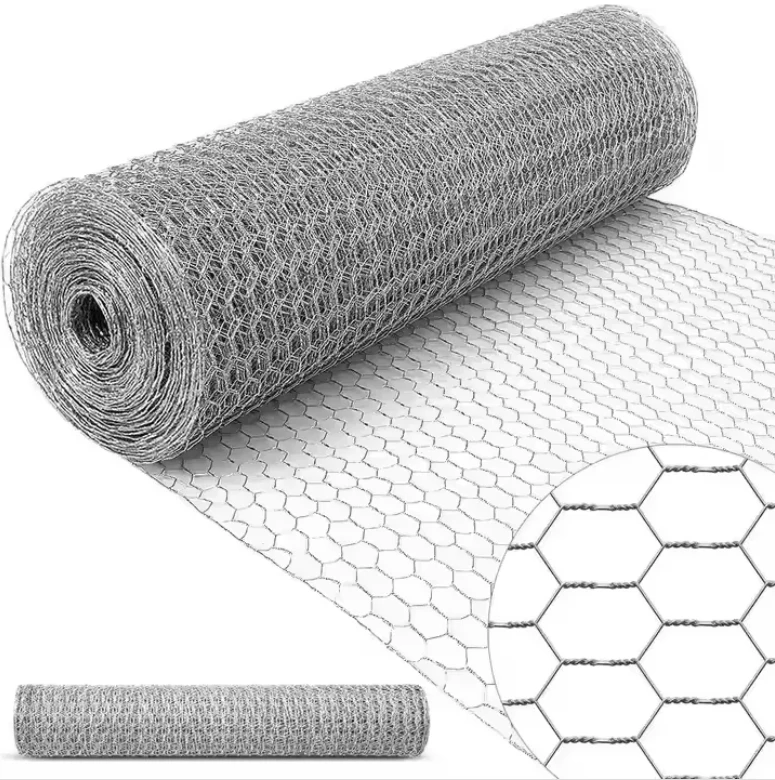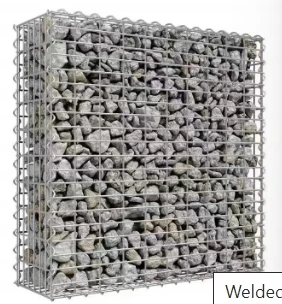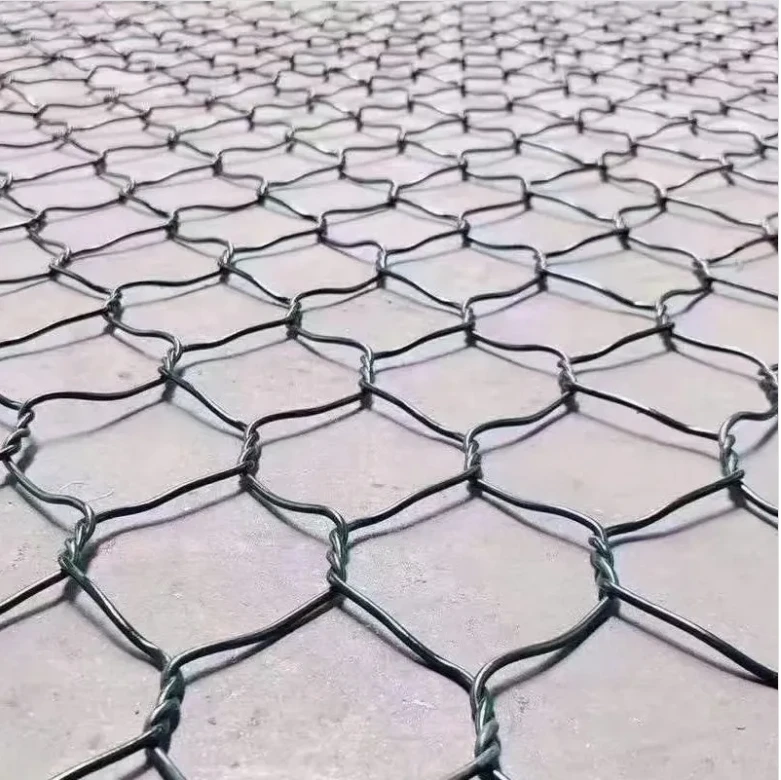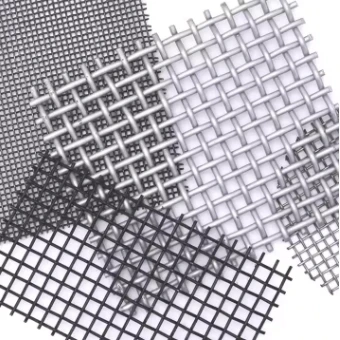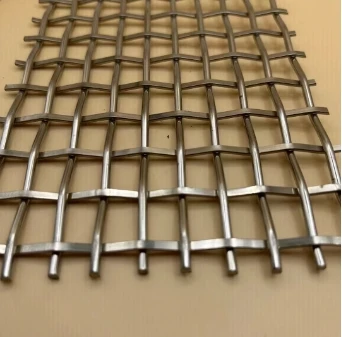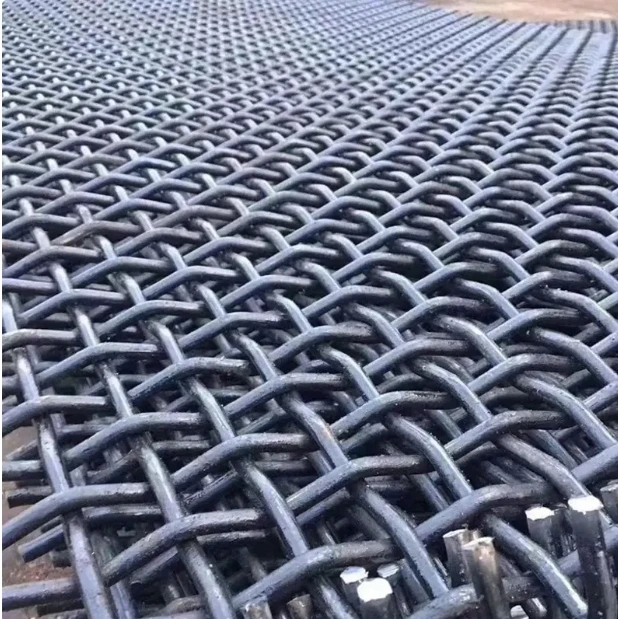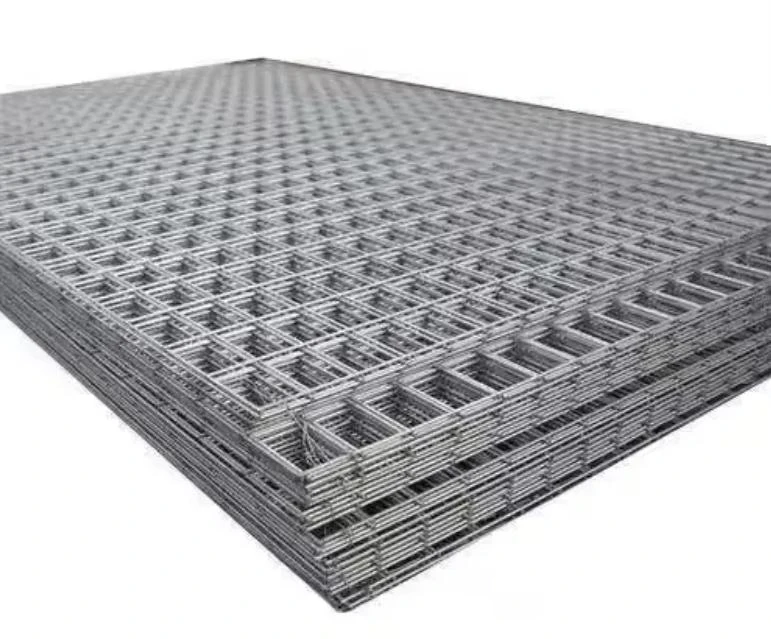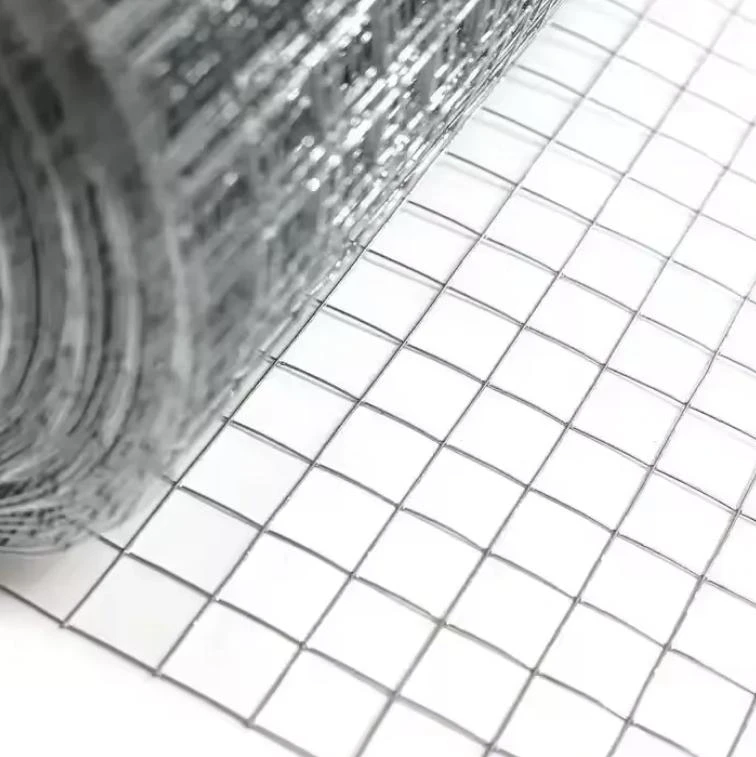Chain Link Fences: A Cost-Effective Solution for Urban and Rural Application
Abr . 08, 2025 09:55
Introduction
Chain link fences have long been a popular choice for property owners due to their affordability, strength, and low maintenance requirements. From securing backyards to enclosing large industrial sites, these fences serve a wide range of purposes. This article examines why chain link fences remain a preferred option in both urban and rural settings.
Affordability and Ease of Installation
One of the biggest advantages of chain link fences is their cost-effectiveness. Compared to wood, vinyl, or wrought iron fences, chain link systems are significantly cheaper while providing comparable security. The installation process is also quicker, requiring fewer materials and labor hours.
Many DIY enthusiasts opt for chain link fences because they can be installed with basic tools. Pre-assembled panels and adjustable fittings make the process even more straightforward, allowing homeowners to set up their fences over a weekend.
Versatility Across Different Environments
Chain link fences are highly adaptable, making them suitable for various environments:
-Urban Areas: Used in parks, schools, and construction sites to ensure safety and demarcate boundaries.
- Rural Settings: Ideal for agricultural purposes, such as livestock enclosures and crop protection.
- Industrial Zones: Commonly deployed in factories, warehouses, and utility plants to secure heavy machinery and equipment.
Their open-weave design allows wind to pass through, reducing the risk of damage during storms—a crucial feature in hurricane-prone regions.
Customization Options for Aesthetic Appeal
While chain link fences are often associated with utility rather than beauty, modern designs have changed this perception. Powder-coated finishes in black, green, or brown provide a more polished look, blending seamlessly with landscapes.
Decorative elements, such as ornamental post caps and privacy slats, can further enhance visual appeal. Businesses often use colored vinyl coatings to match their branding, turning a simple fence into a marketing tool.
Low Maintenance and Longevity
Unlike wood fences that require regular staining or vinyl fences that may crack over time, chain link fences demand minimal upkeep. Occasional rinsing with water is usually enough to keep them clean. Galvanized and vinyl-coated variants resist rust, ensuring long-term performance even in humid or coastal areas.
For high-traffic areas, reinforced bottom rails and tension bands can prevent sagging, maintaining structural integrity for years.
Regulatory Compliance and Safety Standards
Chain link fences are often required to meet specific safety standards, especially in public spaces. For instance, playgrounds and sports facilities use fences with proper height and mesh size to prevent accidents. Industrial sites must comply with OSHA regulations, ensuring worker safety.
Manufacturers now provide certified fencing systems that adhere to these guidelines, giving customers peace of mind.
Future Trends: Automation and Hybrid Designs
Looking ahead, the industry is exploring hybrid designs that combine chain link with other materials. For example, some fences now feature wooden or metal frames for added strength and visual diversity.
Automated gates with remote access are another emerging trend, particularly in gated communities and high-security zones. These systems integrate seamlessly with chain link fencing, offering convenience without compromising durability.
Conclusão
Chain link fences continue to dominate the market due to their affordability, versatility, and low maintenance. With ongoing innovations in design and technology, they remain a practical solution for both urban and rural applications. As property owners seek reliable and cost-efficient fencing options, chain link fences are poised to maintain their leading position in the industry.
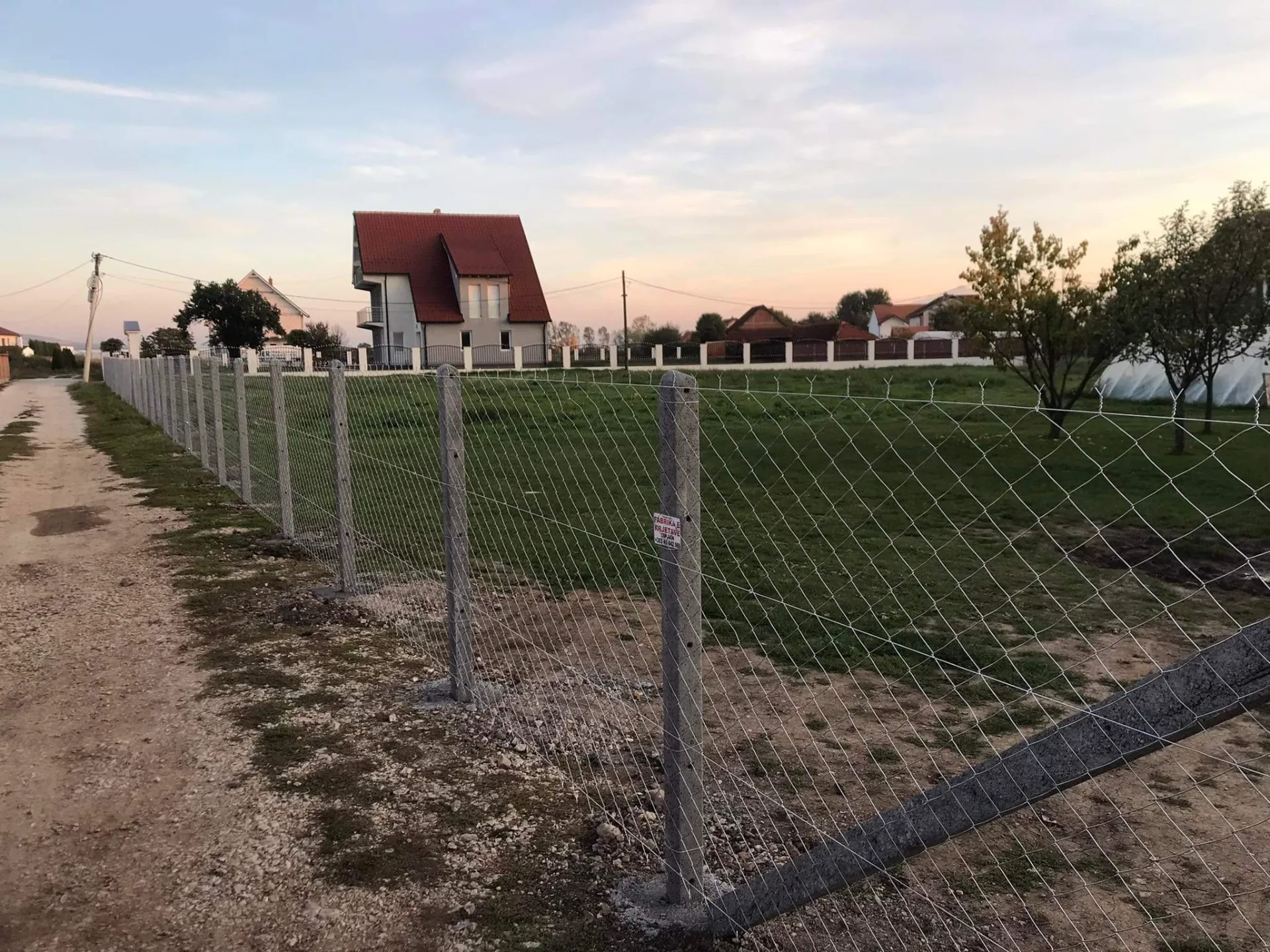


Produtos relacionados
Notícias relacionadas
Innovations in Chain Link Fence Technology Enhance Security and Durability Introduction
Abr . 08, 2025 09:51
Introduction
The chain link fence industry has seen significant advancements in recent years, driven by the growing demand for secure, durable, and cost-effective fencing solutions. Manufacturers are now integrating innovative materials, coatings, and designs to meet the evolving needs of residential, commercial, and industrial customers. This article explores the latest trends in chain link fence technology and how these improvements are reshaping the market.
The Rise of Galvanized and Vinyl-Coated Chain Link Fences
Traditional chain link fences were primarily made of galvanized steel, which provided decent rust resistance. However, modern variations now include vinyl-coated chain link fences, offering enhanced protection against harsh weather conditions. The vinyl coating not only improves durability but also allows for customization in color, making fences more aesthetically pleasing.
Additionally, manufacturers are using advanced galvanization techniques, such as hot-dip galvanizing, to extend the lifespan of fences. This process involves coating the steel wire in a layer of zinc, which acts as a barrier against corrosion. As a result, these fences can last for decades with minimal maintenance.
Security Enhancements: Anti-Climb and Privacy Features
Security remains a top priority for chain link fence buyers. To address this, companies have introduced anti-climb designs featuring smaller mesh patterns and reinforced tops. Some fences now incorporate barbed wire or razor ribbon for added perimeter protection, making them ideal for high-security areas like prisons, military bases, and industrial facilities.
For residential applications, privacy chain link fences are gaining popularity. These fences include slats woven into the mesh, blocking visibility while maintaining airflow. Homeowners and businesses appreciate this balance between security and privacy without compromising on ventilation.
Eco-Friendly and Sustainable Fencing Solutions
Sustainability is a growing concern in the construction and fencing industries. Many manufacturers now produce chain link fences using recycled materials, reducing environmental impact. Additionally, powder-coated finishes eliminate the need for harmful solvents, making these fences more eco-friendly.
Some companies are also exploring biodegradable coatings as a future innovation. While still in development, these coatings could revolutionize the industry by offering a fully sustainable fencing solution.
Smart Fencing: Integration with Technology
The integration of smart technology into chain link fences is another exciting development. Some high-end models now feature embedded sensors that detect tampering or unauthorized entry. These sensors can connect to security systems, sending real-time alerts to property owners or law enforcement.
Solar-powered LED lights are also being incorporated into fence designs, improving visibility and safety at night. This is particularly useful for parking lots, sports fields, and perimeter security zones.
Market Growth and Future Projections
The global chain link fence market is projected to grow steadily, with increasing demand from construction, agriculture, and government sectors. Emerging economies are investing heavily in infrastructure, further boosting the need for reliable fencing solutions.
predict that innovations in material science and automation will continue to drive the industry forward. Self-repairing coatings and modular fence systems are among the futuristic concepts being explored.
Conclusão
The chain link fence industry is evolving rapidly, with advancements in materials, security features, and sustainability. Whether for residential, commercial, or industrial use, modern chain link fences offer unmatched durability and versatility. As technology progresses, we can expect even more groundbreaking developments in this essential sector.




Produtos relacionados
Notícias relacionadas







